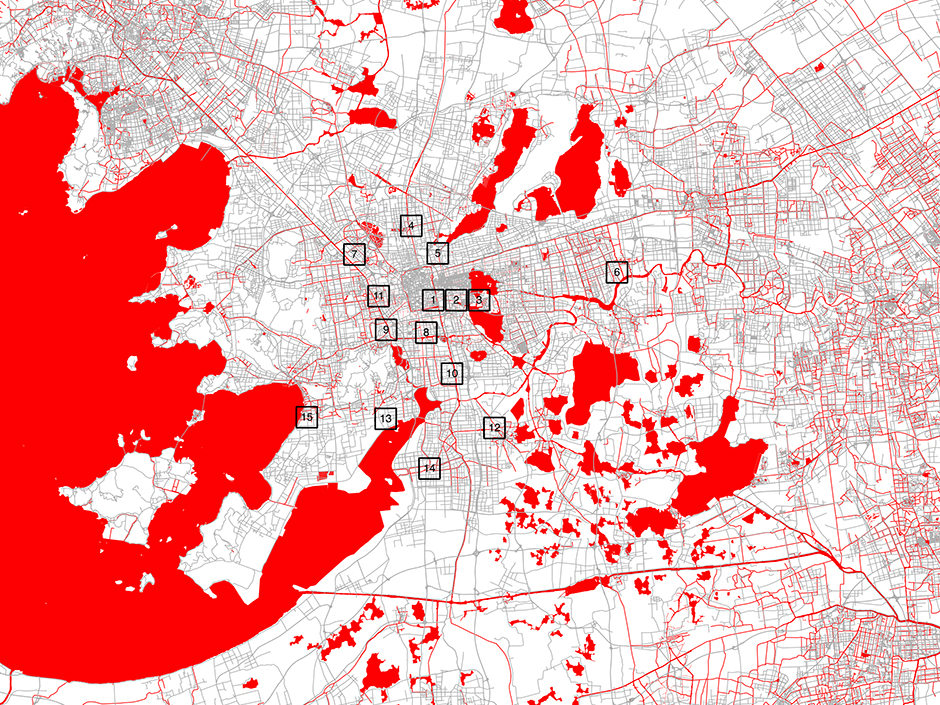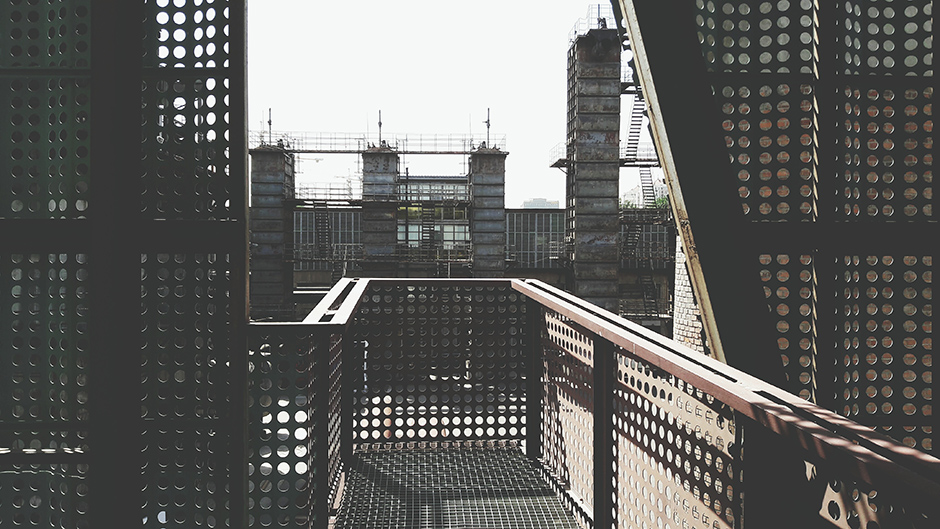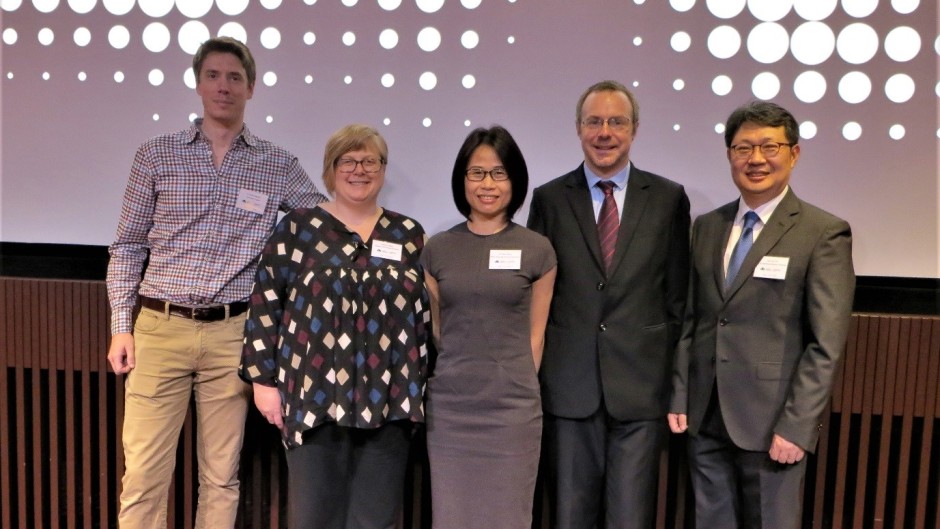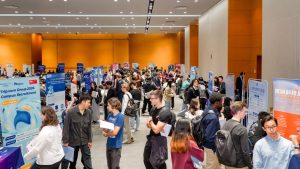12 Nov 2018
Known in China as the ‘Venice of the East’, Suzhou offers tourists and residents alike a wealth of waterfront spaces, from the ancient streets that run along the Grand Canal to the public parks that line Jinji Lake.

Rethinking how people can live, work and play in these waterfront areas was the focus of a workshop hosted by Xi’an Jiaotong-Liverpool University’s Department of Urban Planning and Design in collaboration with the Ecole Polytechnique Federale de Lausanne, Switzerland, Universita’ IUAV di Venezia, Italy and Tianjin University, China.
Urban design students from XJTLU worked alongside university students from around the world in an intensive seven-day workshop to create new ideas for waterfront spaces in Suzhou with the aim of informing future waterfront design guidelines.

The workshop was part of a wider project tasked with developing new waterfront space design guidelines for Beijing, Yinchuan and Suzhou on behalf of the Central Urban Planning and Design Research Center in Beijing.
The Suzhou team was led by internationally renowned architect and academic Professor Paola Viganò, who is a Professor of Urban Planning at the Ecole Polytechnique Federale de Lausanne and Universita IUAV di Venezia.
Following fieldwork and a seminar with experts in water management and spatial planning, the workshop participants had just four days for design exploration. Portuguese student Andrea Marrucho Nunes (pictured below, right) explained that the participants were organised into small teams mixing XJTLU students with international students.
Each team was given a waterfront section of Suzhou to explore. They then had to imagine how they would improve the space through innovative design.
“We have to look at the relationship between the different users of the waterfront space – pedestrians, workers and so on – and the links between the different buildings and areas,” she said.
“From that, we could propose changes to design. For our section, which is located south-west of the Grand Canal, we want to create a design that makes the space more livable and functional.
“The waterfront of our area is currently very separate and fragmented – industries, communities and residential buildings all exist in isolation. We propose making the use of the space more diverse yet better connected.”

Fourth year XJTLU Urban Planning student Poyi Sung (pictured above, left), who was in a team with Andrea, said the workshop was an opportunity to collaborate with people from different cultures and backgrounds and to learn from international experts in the field.
“Although the process was intense, it was a great experience to exchange ideas with foreign students and to learn more about the waterfront in Suzhou,” he said.
The 40 students worked under the guidance of Professor Viganò, as well as the XJTLU Department of Urban Planning and Design’s own Dr Paola Pellegrini and Dr Christian Nolf.
Professor Viganò encouraged students to think about the role architecture and design can play in urban planning.

“The city is a collective project but designers can contribute to developing a city’s identity,” she said.
“Designers can visualise issues, challenges and possibilities – they aid imagination and help people open up to the future. Designers can make more explicit the possibilities and potentialities that are present in the reality.
“Designers also play a role in projecting into the future. They can construct a sequence of hypotheses about the future, looking at the different directions we can take, what the consequences might be, what possibilities exist and what else we can discover.
“Lastly, designers can try to find ways to connect the society and the city. Can we create space in the city that represents the value of that society? Can the cities of today, through architecture and urban design, produce a space able to represent our contemporary values?
“These are important questions that architects and designers need to consider in their work.”

The results of the workshop were presented to the Central Urban Planning and Design Research Center in Beijing in October. The design proposals will help to inform the Center’s approach to developing waterfront guidelines for the three cities of Suzhou, Beijing and Yinchuan.

By Rosanna Galvin, photos by Yimin Lin and provided by the Department of Urban Planning and Design
12 Nov 2018
RELATED NEWS

Research: the search for disappearing clues in industrial heritage
The 798 Art District in Dashanzi, Beijing is a world-renowned hub for contemporary Chinese art and culture. The art is presented in a number of decommissione...
Learn more

XJTLU contributes to research on Chinese perceptions of Scotland
An interdisciplinary team from Xi’an Jiaotong-Liverpool University, collaborating on a research project on visitor behaviours at an exhibition of Scottish cu...
Learn more







